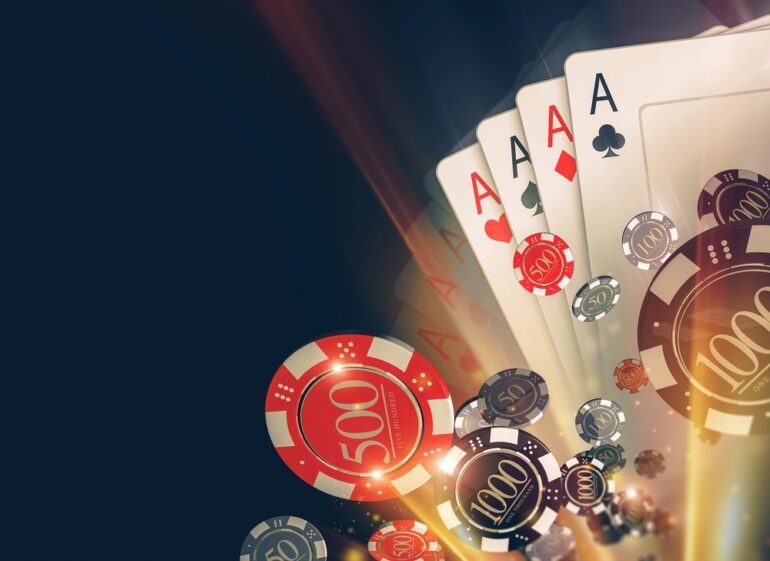During the worst days of the pandemic, when much of society was locked down in isolation, there was talk of a revival of online poker. Internet-based casino activity in general was spiking, and so far this year data has indicated that the trend isn’t going away. Online gaming revenue has remained higher than usual, despite the return of gamblers to brick-and-mortar casinos.
Once again, this data has to do with all online gaming. However, the combination of sustainably increased online activity and a trend toward more states legalizing online poker has led many to expect a broader revival of the internet poker industry. This industry was booming in the U.S. for about a decade from the early 2000s until it was effectively shut down in 2011. So, if it returns in full force, what should gamers and fans expect?
1. A Renewed Focus On Hold’em
When the first “poker boom” hit in the early 2000s, it largely served to introduce Texas Hold’em (and specifically no-limit Hold’em) to the world. It’s not that the game was unknown, but in the late ‘90s the word “poker” — for most people — conjured thoughts of five-card draw. By the mid-2000s, most would more readily associate the word with Hold’em. Fast-forward to the present day, and Hold’em is known as by far the most popular poker game in the world. This means that things will feel a little different this time if indeed there’s a major poker revival. We won’t be introduced to a fresh variety of the game so much as we’ll be thrust back into the Hold’em craze.
2. A World Series Of Poker Resurgence
It’s worth remembering that much of the early-2000s poker explosion revolved around the World Series Of Poker, which became something of a major sporting event on television at the time. Ratings for the event in recent years have not been as strong. However, with a new television deal and renewed interest in online poker across the country, the World Series could well be in line to gain viewers moving forward. In short, if poker is “back,” the WSOP will be too.
3. Returning Stars
The most interesting aspect of a return to glory for the WSOP would perhaps be the fact that many of the stars of the 2000s are still active. Players like Phil Hellmuth, Daniel Negreanu, and Phil Ivey (among others) became household names during the first poker boom. They’re not as prominent now, but if in fact Americans start watching televised poker more frequently, these three in particular will return to the spotlight. It’s an unusual prospect when you think about it; in sports, a 15- or 20-year gap in attention would see fans returning to an entirely new field of competitors. In poker, fans will be tuning back in to the same key players.
4. New Stars
Despite the point about returning stars, a fresh surge in attention for televised professional poker would also, undoubtedly, produce new stars. While the likes of Hellmuth, Negreanu, and Ivey will be able to build on the reputations they’ve already established, others will quickly earn fans’ appreciation and admiration. Players like Gus Hansen and Carlos Mortensen, for instance, have been fairly dominant in professional poker of late. They could be in line for significantly greater fame in the years ahead.
5. A VR Factor
Last but not least, it also seems inevitable that there will be a VR component to poker this time around. To be clear, VR has already established its place in the future of gaming to some extent, and there are in fact some decent poker games in the medium already. But if we do see a significant and prolonged boost in poker activity, we’re likely to see a greater emphasis still on virtual reality. This could include anything from new games to large VR tournaments, to virtual spectating at pro poker events.
Time will tell just how big the budding poker revival becomes. Looking ahead though, we could be in for an exciting blend of both new and familiar elements to poker culture.





